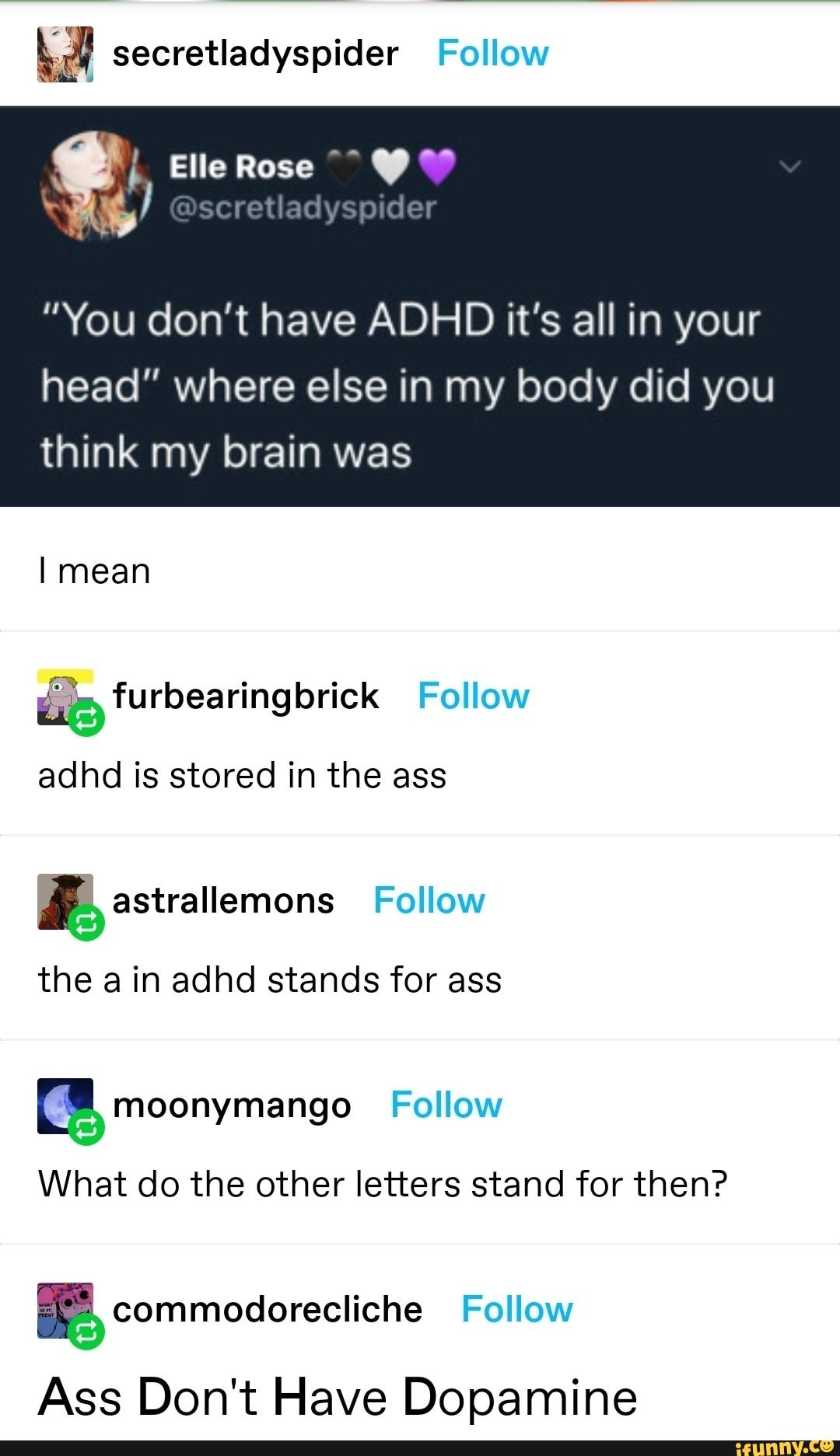


Hyperactive-impulsive patients have most of the classic ADHD symptoms, but those symptoms are related to the hyperactivity.There are three categories of ADHD patients: The only way to treat the conditions is to identify the primary complaint for the ADHD sufferer. Some patients use a therapy and medication combination, and others use no medication at all. Medication is often thought to be the first line of defense for treating ADHD, but this is not true. However, as adults, their symptom combinations created a need to seek mental health treatment. In fact, most adult patients were missed as kids because they were quiet children who did not disrupt class. Just remember that hyperactivity is not the predominant symptom for the disorder. Because there are so many ways to misinterpret the symptoms and to make a diagnosis, only a doctor should do so. Identifying these symptoms in a person is the most important thing. The key to remember is that no one will have every symptom, so your ADHD diagnosis may reflect that you are a dreamer who is impatient and impulsive, but you may not be hyperactive. People who have ADHD have their own collection of these symptoms that may end upĭisrupting their daily lives. Difficulty listening to and following instructions.
#Adhd stands for professional#
Professional Online Therapy Can Help You.

These labels are only description of the primary symptoms of the disorder, which can include:ĭon't Face This Alone. Other mislabels for ADHD sufferers include procrastinators, impulsives, quitters and fidgeters. ADHD symptoms can make patients appear to be flaky adults, unruly children, shopaholics and procrastinators. One of the most misunderstood areas of the condition is the symptom list. The condition can appear as a lone psychiatric problem. While the disorder may coexist with depression or bipolar disorder, there is little evidence that the coexisting condition caused the ADHD. The condition is now most commonly diagnosed in childhood, particularly in boys.Īnother myth is that ADHD is caused by other mental health conditions. Properly diagnosed adults can pinpoint the symptoms in their own childhood that were left undiagnosed. In truth, the only thing that seems clear about the condition is that it is hereditary and develops in childhood. Many people believe that children contract the disorder from eating too much sugar or watching too much television. The myths surrounding ADHD often begin with the origins of the condition. By understanding the disorder and its symptoms, families may be able to better cope with an ADHD diagnosis in an adult or child in the household. People who were not diagnosed as children find out about the condition as adults who have concentration and other related issues. The truth is that the condition manifests itself in ways that differ from one person to another. However, when people think of ADHD, the image is of a young child squirming in his seat. The condition is, of course, more involved than these two symptoms. Attention deficit hyperactivity disorder is a common mental illness characterized by the inability to concentrate or sit still.


 0 kommentar(er)
0 kommentar(er)
